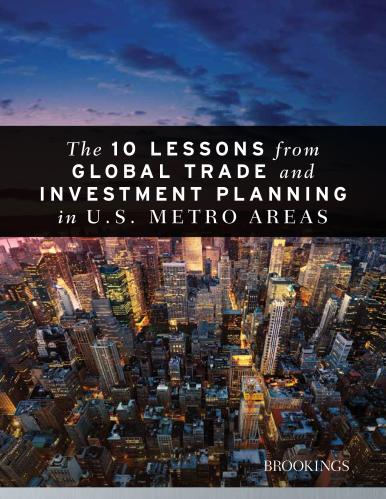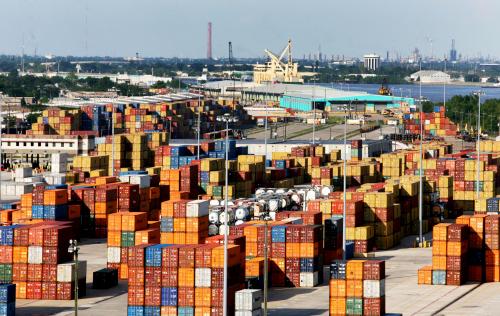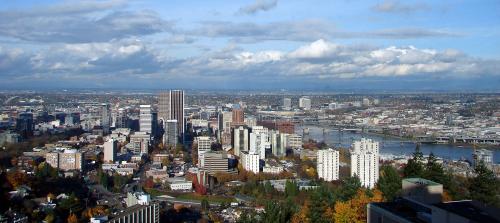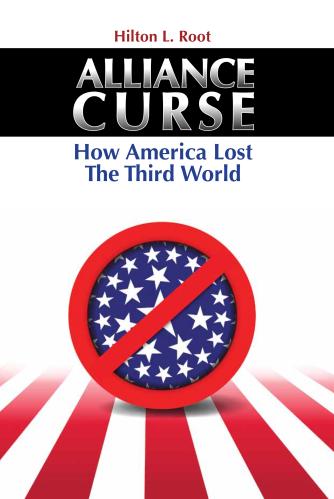Cities and metropolitan areas looking to boost foreign investment and jobs typically try to drum up dollars with more aggressive and targeted overseas trade missions. However, a growing number of economic development organizations are realizing that to maximize global opportunities, their first trip should be to their own backyards.
Regions like San Diego and Columbus are prioritizing the success and competitiveness of their existing foreign-owned firms through global trade and investment strategies developed as part of the Global Cities Initiative Exchange. The stakes are significant: Foreign-owned firms already employ, on average, 5.5 percent of workers in large metropolitan areas, often in advanced industries and manufacturing, helping bolster regional innovation clusters and exports.
San Diego’s pivot toward focusing on existing local foreign-owned firms was inspired by interviews with companies whose global parent had acquired numerous firms in their same industry across the country, often with plans to consolidate in one or two locations. The local establishment had to regularly justify the value of the San Diego location to headquarters, including requesting funding for new research or expansion.
In response, as part of its global trade and investment strategy, the San Diego Regional Economic Development Corporation is helping these firms craft a compelling, well-researched case for the value of the region and its ability to serve as a key U.S. beachhead, connecting them to industry peers and institutions locally. It is also providing export assistance to increase the competitiveness of the local operation, and forging a culture within the region that is welcoming to foreign-owned operations (including those that enter the market through acquisitions). Now, when a local San Diego firm is acquired or merges with a foreign company, the EDC will immediately respond as part of a comprehensive business retention and expansion (BRE) effort that includes each of these components.
Interviews with foreign-owned companies also helped Columbus 2020, that region’s economic development organization, realize that traditional BRE practices, consisting of occasional company visits designed to maintain relationships and uncover general support needs and levels of satisfaction, failed to get at the heart of what matters for the competitiveness of local companies. Instead, Columbus 2020 found that even companies already exposed to global markets—including foreign-owned firms, exporters, and their suppliers—often lacked critical information about global opportunities and local economic development resources, and were too consumed with day-to-day operations to actively seek it out.
As a result, Columbus 2020 decided to revamp its entire BRE effort. It will now revolve around exploring specific topics that matter to the success of local companies (such as exports, workforce, and infrastructure) and disseminating findings back to firms in the region in the form of written reports and presentations. Like other similar organizations, Columbus 2020 is in a perfect position to gather and share critical business intelligence, given its connections with firms, industry organizations, site selectors, and foreign markets. This approach allows Columbus 2020 to better service its local companies, more accurately identify high-potential exporters or likely acquisition targets, and better respond to any foreign direct investment (FDI) inquiry that might come its way, regardless of country or industry.
The lessons coming from these and other regions in the GCI Exchange are that chasing new foreign investment (or greenfield projects) is resource-intensive, represents only one component of a comprehensive FDI program, and typically fails to deliver large marquee projects. Nationwide, the average size of a new greenfield establishment at time of entry is just 33 employees. Major greenfield projects, such as Volvo’s recent selection of Charleston, S.C. for a large new auto plant, are extremely rare. Furthermore, new greenfield investments make up a much smaller share of changes in FDI employment than mergers and acquisitions (M&A) or expansions and contractions of existing foreign-owned establishments.
As a result, metro economic leaders are starting to see the potential of the foreign-owned firms they already have. While many metro areas have a key global connection offering major FDI and trade opportunities (such as German investment in Upstate South Carolina or Portland’s unique connection with Japan) the majority of FDI in any metro area is dictated by firm-level considerations, and does not align neatly with priority markets or clusters. These types of investments have been largely ignored in the past because they’re hard for economic development organizations to predict or influence. Now they are becoming more strategic by re-orienting their global efforts toward better understanding their local economies and providing comprehensive BRE services once any new FDI announcement (whether greenfield or M&A) is made.











Commentary
Regional foreign investment strategies begin at home
September 30, 2015